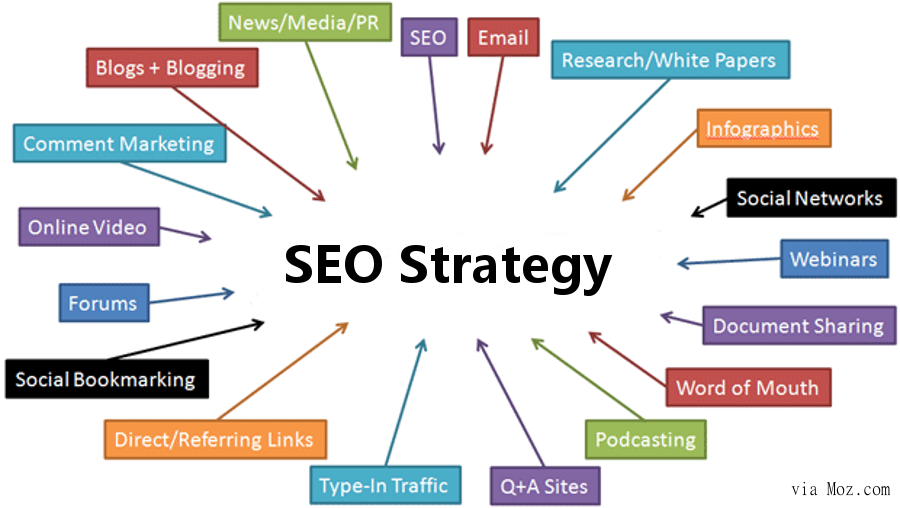Revealing What Is Not Considered a Default Medium in Google Analytics
Revealing What Is Not Considered a Default Medium in Google Analytics
Blog Article
Assuming Outside the Box: Leveraging Unconventional Tools to Maximize Google Analytics Performance
In the realm of electronic advertising and marketing, the pursuit for enhanced Google Analytics efficiency has actually become a tactical important for organizations looking for to fine-tune their on-line visibility. Traditional approaches frequently drop short in recording the full range of client communications and actions. By discovering unusual tools as avenues of information collection, a brand-new realm of possibilities arises. These undiscovered areas provide a wealth of untapped understandings that can potentially revolutionize the means we comprehend and optimize our electronic strategies.
Unique Data Sources

CRM systems, for example, can offer insights into individual client interactions, purchase background, and choices, which can be incorporated with Google Analytics information to produce more individualized advertising and marketing methods. Social media systems supply useful data on individual demographics, rate of interests, and involvement metrics, enabling companies to assess the efficiency of their social media campaigns and maximize content for better performance. Email advertising and marketing data, including open rates, click-through prices, and conversion metrics, can additionally be leveraged to track individual interaction and behavior beyond web site interactions recorded by Google Analytics. By leveraging these one-of-a-kind information sources, services can refine their strategies, enhance targeting efforts, and improve overall Google Analytics performance.
Social Network Insights

In addition, social media analytics tools allow companies to track key performance indicators, display project performance, and gauge the impact of their online activities. Understanding the demographics of followers, determining popular web content motifs, and examining interaction levels can assist businesses customize their advertising and marketing techniques for better outcomes.
Offline Marketing Combination
Incorporating offline marketing techniques with digital analytics can boost overall project performance and offer a more detailed understanding of consumer actions. what is not considered a default medium in google analytics. By connecting the gap between online and offline efforts, organizations can track the impact of conventional advertising and marketing channels such as print advertisements, television commercials, direct-mail advertising, and events on their on the internet presence

Moreover, carrying out telephone call monitoring systems for offline marketing activities makes it possible web for businesses to record valuable data on customer inquiries produced through published promotions or materials (what is not considered a default medium in google analytics). By analyzing phone call information alongside online metrics in Google Analytics, services can obtain deeper understandings right into the customer journey and maximize advertising and marketing techniques for better performance across all networks
IoT and Wearable Technology
Making use of IoT and wearable innovation in electronic analytics can reinvent data collection and customer insights for companies seeking a much deeper understanding of individual actions patterns. These innovative technologies supply a smooth way to gather real-time information from different touchpoints. IoT devices can track customer communications with solutions or items, providing beneficial details on use patterns and choices. Wearable technology, such as smartwatches or health and fitness trackers, can offer insights into user tasks, health and wellness metrics, and also location information.
Gamification Techniques
The execution of gamification techniques in electronic analytics presents an innovative method to enhancing user interaction and driving actionable understandings for businesses. By including game-like aspects such as factors, badges, leaderboards, and awards into the analytics user interface, firms can encourage customers to connect extra frequently and meaningfully with the data.
Gamification motivates individuals to discover various functions of the analytics platform, uncovering beneficial understandings that may have or else gone unnoticed. With interactive difficulties and progress tracking, users are incentivized to dig deeper right into the data, leading to boosted time invested in the platform and a higher probability of finding vital trends or patterns.
Furthermore, gamification can promote a feeling of competitors amongst individuals, stimulating them read this article to pursue higher efficiency and interaction degrees. This affordable spirit can drive boosted user fostering rates and a much more detailed utilization of the analytics tools readily available. Eventually, by leveraging gamification techniques in electronic analytics, organizations can create a more effective and appealing environment for users, leading to more educated decision-making and enhanced overall efficiency.
Conclusion
In verdict, leveraging unconventional mediums such as special data resources, social Clicking Here media understandings, offline advertising combination, IoT and wearable technology, and gamification methods can enhance Google Analytics efficiency. By assuming outside package and exploring these alternate resources of information, organizations can gain important understandings and improve their general advertising and marketing methods. It is very important for firms to continually explore new means to collect data and assess it in order to remain ahead in the ever-evolving electronic landscape.
By including information from resources such as customer relationship monitoring (CRM) systems, social media systems, and email advertising projects, companies can get an extra detailed understanding of their audience habits and engagement patterns. Social media systems offer useful information on customer demographics, passions, and engagement metrics, permitting organizations to assess the performance of their social media projects and maximize web content for much better performance. By leveraging these one-of-a-kind information sources, businesses can refine their approaches, enhance targeting efforts, and boost general Google Analytics efficiency.
Checking out social media understandings can supply businesses with beneficial information on user demographics, passions, and engagement metrics, allowing for educated decision-making and calculated optimization of advertising efforts. By assuming outside the box and checking out these alternative sources of data, organizations can obtain important understandings and boost their overall marketing strategies.
Report this page